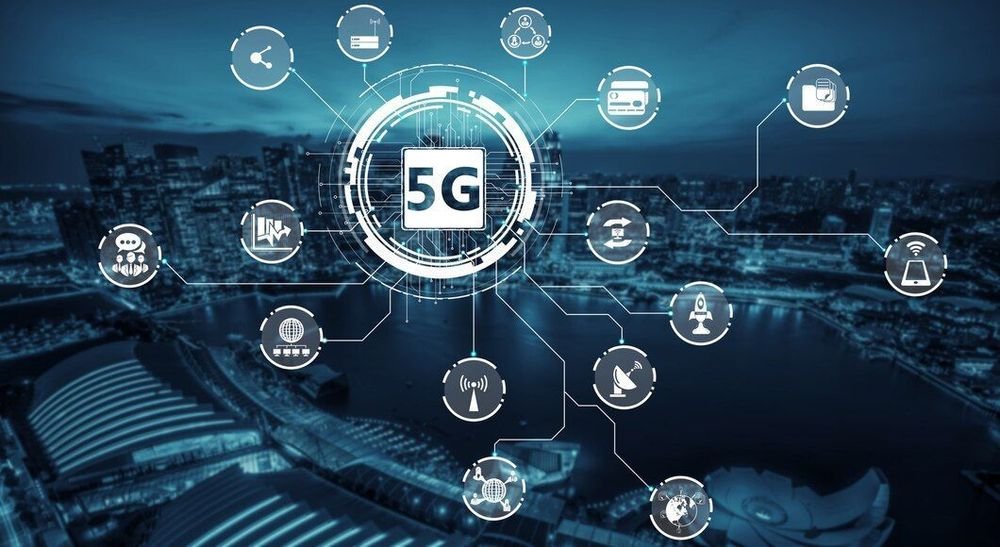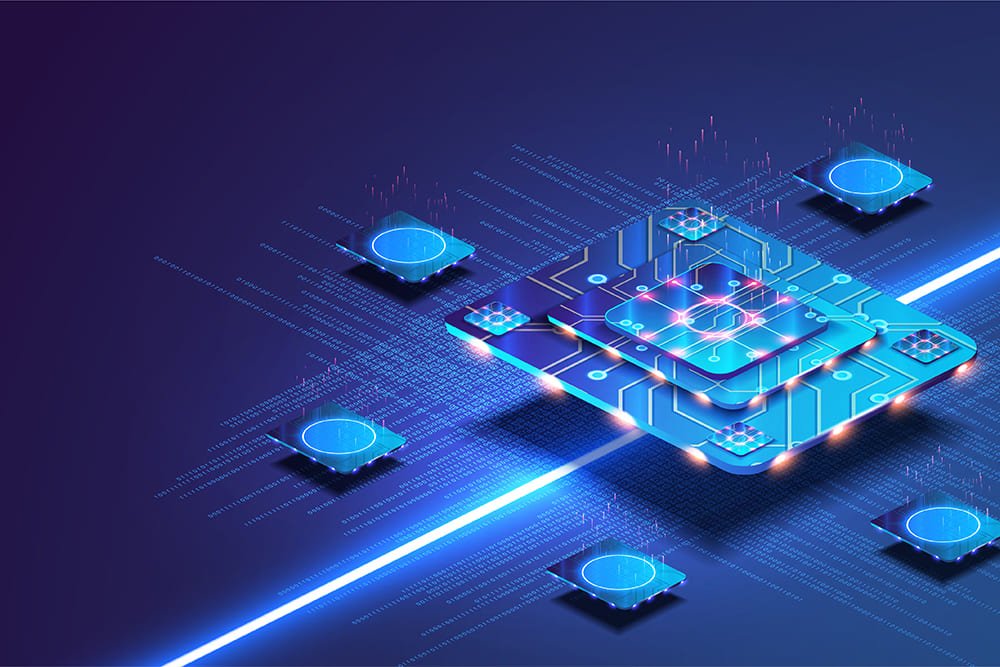The rollout of 5G technology is transforming the way we connect to the digital world. Promising faster speeds, lower latency, and improved network reliability, 5G is set to revolutionize connectivity across various sectors. In this article, we’ll explore how 5G technology enhances connectivity and the significant benefits it offers.

What is 5G Technology?
Before diving into its benefits, it’s crucial to understand what 5G technology entails.
1. The Basics of 5G
5G, or fifth-generation technology, is the latest advancement in mobile network technology. It builds on previous generations (4G, 3G) by providing much higher data transfer rates, increased network capacity, and lower latency.
a. Speed and Capacity
5G networks are designed to deliver significantly faster data speeds compared to their predecessors. Users can expect download speeds up to 10 Gbps, making high-definition streaming and large file transfers quicker and more efficient.
b. Low Latency
Another key feature of 5G is its low latency, which refers to the delay before a transfer of data begins. With latency reduced to as low as 1 millisecond, 5G provides near-instantaneous communication between devices.
How 5G Enhances Connectivity
The advantages of 5G technology go beyond just faster speeds. Here’s how it enhances connectivity across various domains:
1. Improved Mobile Experience
5G technology significantly enhances the mobile experience by offering superior performance in several areas.
a. Faster Internet Speeds
Users will experience much faster internet speeds on their mobile devices. Whether it’s for browsing, streaming, or downloading, 5G reduces buffering and improves the overall quality of online activities.
b. Enhanced Network Reliability
The reliability of mobile networks will also see a boost with 5G. Improved network reliability means fewer dropped calls and better connectivity in crowded areas or during peak times.
2. Enabling the Internet of Things (IoT)
The Internet of Things (IoT) is a growing field that connects everyday devices to the internet. 5G plays a crucial role in advancing IoT by providing the necessary infrastructure.
a. Greater Device Density
5G networks can handle a much higher density of connected devices compared to previous generations. This capability is essential for environments with many IoT devices, such as smart cities or industrial settings.
b. Real-Time Data Exchange
The low latency of 5G enables real-time data exchange between IoT devices. This is critical for applications requiring immediate feedback, such as autonomous vehicles or smart home systems.
3. Transforming Industries
Various industries will benefit from 5G technology, leading to significant advancements in how they operate.
a. Healthcare
In healthcare, 5G will enable telemedicine and remote surgeries with high precision and minimal delay. Surgeons can perform operations remotely with real-time video feeds, while patients can receive high-quality care without leaving their homes.
b. Manufacturing
In manufacturing, 5G will support smart factories where machines and equipment communicate seamlessly. This connectivity will enhance automation, improve efficiency, and enable predictive maintenance, reducing downtime and operational costs.
4. Enhancing Entertainment and Media
The entertainment and media sectors are set to experience a transformation with the advent of 5G technology.
a. Immersive Experiences
5G will enable new forms of immersive entertainment, such as virtual reality (VR) and augmented reality (AR). With high-speed data transfer and low latency, users can enjoy smoother and more interactive experiences.
b. High-Definition Streaming
Streaming services will benefit from 5G’s increased bandwidth, allowing for high-definition and even 4K video streaming without buffering. This enhancement will improve the quality of content consumption for viewers.
The Future of 5G Connectivity
Looking ahead, the full potential of 5G technology is still unfolding. As the network infrastructure continues to develop and expand, we can expect even more innovative applications and enhancements in connectivity.
1. Expansion of 5G Networks
The deployment of 5G networks is expected to expand rapidly, covering more regions and offering better service quality. This will further enhance connectivity and accessibility for users worldwide.
2. Integration with Other Technologies
5G will increasingly integrate with other emerging technologies, such as artificial intelligence (AI) and edge computing. This integration will drive advancements in various sectors and create new opportunities for innovation.
Conclusion
5G technology is set to redefine connectivity by offering faster speeds, lower latency, and improved network reliability. Its impact extends across mobile experiences, the Internet of Things, various industries, and entertainment. As 5G networks continue to expand and evolve, they will unlock new possibilities and drive significant advancements in how we connect and interact with the digital world. Embracing these changes will be key to harnessing the full potential of 5G technology.




